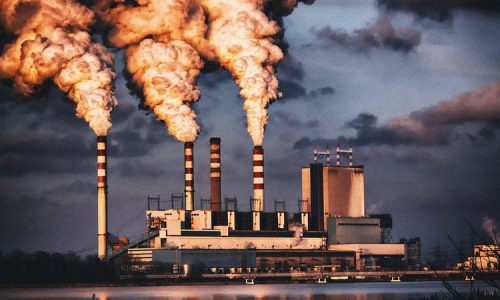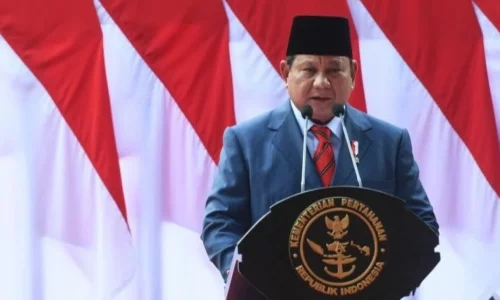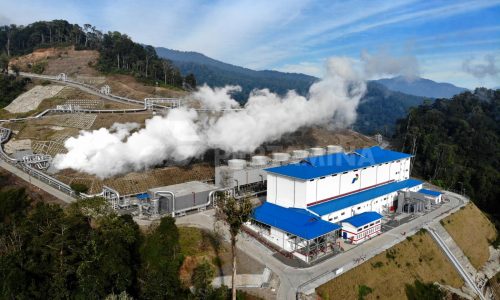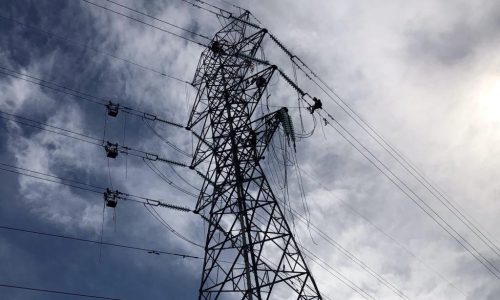Governor of East Kalimantan, Akmal Malik, encouraged Chinese companies to invest in building a biodiesel plant in East Kalimantan, emphasizing the region’s significant palm oil production potential. The offer was conveyed during his recent visit to Huangshan, Anhui Province, China, as part of the Sister-Province Cooperation (Kaltim-Anhui) program.
During the visit, Akmal explored investment opportunities with various companies, including Petroleum LR, a state-owned enterprise and palm oil importer from Anhui. Petroleum LR representatives had previously visited East Kalimantan in May 2024 to assess its palm oil potential.
In their meeting, Petroleum LR expressed an initial requirement of 5,000 tons of crude palm oil (CPO) per month, with plans to increase this to 30,000 tons per month if the supply meets their needs. Akmal welcomed the export plan and urged Petroleum LR to expand their operations by producing various palm oil derivatives.
“East Kalimantan has 1.5 million hectares of oil palm plantations, 106 factories, and a projected 2024 production of 4.59 million tons of CPO and 19.8 million tons of fresh fruit bunches (FFB). Our largest exports are to China and India. We can facilitate palm oil exports through around 112 local companies,” Akmal said on Thursday, June 20, 2024.
He emphasized the lucrative opportunities in producing palm oil derivatives, such as biodiesel, which offer higher profitability compared to raw palm oil exports. Akmal encouraged Petroleum LR to submit long-term purchase proposals, noting that larger business volumes could reduce costs.
Zhou Qiang, General Manager of Shandong Liaohe Huijin Petroleum Sales Co., Ltd, outlined plans to build a plant and port facilities in East Kalimantan, and to collaborate with leading universities on palm oil development. He also noted the potential for expanding into the tropical fruit market, particularly for durians, which are currently primarily supplied to China by Malaysia and Thailand.
“Tropical fruits like durian were a major attraction during our visit to East Kalimantan. Expanding into this market presents a substantial business opportunity,” Zhou remarked.









